How to create higher-performing teams: assess your team
Part 1: Assess your team How people work We’re all different. Which is why we all have our own preferences for performing certain types of work.
Become the expert on delivering
valid and fair assessments for
your training and education.
Hire
|
Engage
|
Develop
|
|
Automatically match to candidates who are a great fit for your team culture and who are intrinsically motivated to succeed. |
Deeply understand your organisation with science-backed analytics on your culture, team design, and engagement. |
Back your onboarding, compliance and skill development with industry-leading credentialling, competency and capability expertise.
|
.png?width=383&height=200&name=team%20(1).png)
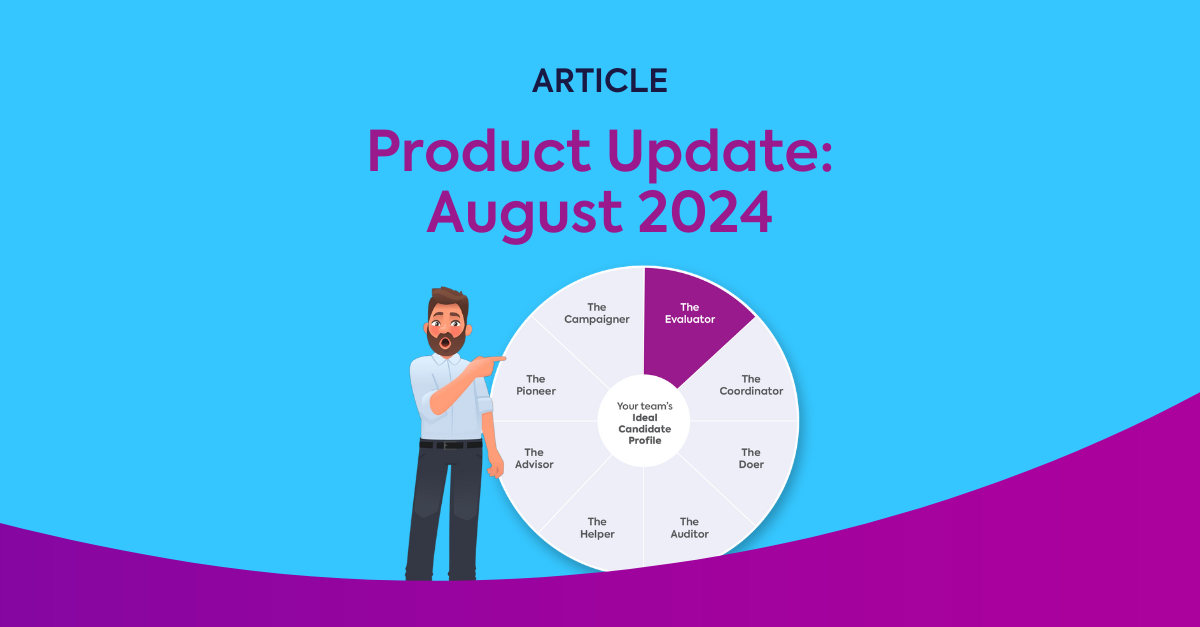
Table of Contents
As you roll into the new financial year, we have many new features to drive your business performance.
What's new? Our product team has been bolstering features to provide you with valuable people insights, at the click of a button. We've got new ways to find the hotspots in your culture, break down subcultures, and identify how your teams think.
The biggest news is that we've launched our proprietary 'Work Personality' psychometric assessment for organisations to map teams, see what makes them tick, and identify ways to improve collaboration. Let's check them out...
At Compono, we take evidence-based organisational design seriously. Most recently, our team has fused academic research into high-performing teams with personality theory and mapped the natural work preferences of individuals.
Sound complex? Thankfully, we've made it simple for you to gain insight and take action.
Business leaders now have insight into the work activities their teams are going to spend their time and energy focusing on, and what they are likely to avoid or forget to do. This sets the groundwork for high-performing teams.

Research has identified 8 key work activities that all high-performing teams do. They are: Evaluating, Coordinating, Campaigning, Pioneering, Advising, Helping, and Doing.
When any of these activities are not performed to the right level, team (and individual) performance can suffer and plans need to be put in place to focus on these gaps and strengthen them.
We all have different work preferences based on our personality, so much so, that every person has a dominant preference. At Compono, we refer to this dominant preference as the person’s work personality. The challenge for managers is to balance work activities that need to be done with people’s natural work preferences.

Work activities + personality type = work personality
Compono allows you to invite every employee to complete their work personality assessment. Even better, it takes only a few minutes to complete.

Team managers can use the work personality results to support a range of leadership initiatives and day-to-day activities. We've bottled up the expertise of a corporate psychologist to help leaders improve performance, balance diversity, manage conflict, strengthen team design, and the list goes on...

Each dot plotted on the wheel represents a person’s work personality. This relates to the work activity that the person is most motivated to engage in. As you move around the wheel, their motivation and preference for other work activities reduces - you can see this by the shades of blue on the wheel.
Click through to get insights into a person’s major characteristics, work preferences, potential blind spots, and tips on how to collaborate.
Team managers can also analyse the impact of adding a new member to their team. Again, team managers are provided insight into team design, before bringing someone new on board.

Business leaders can use these insights to significantly enhance the hiring process with our unmatched intelligence. They can select the work personality they need for a role, and automatically score and rank candidates in real time.
We exist for businesses that care about their culture, rather than leaving it to chance. That's why we provide tools to help leaders understand their culture and shape it to improve performance. How?
We've made it easy for you to compare different groups, and identify where there is misalignment within. Check out our latest reporting features to help people leaders address challenges and drive initiatives for improvement.
The 'Alignment' insights will help you see how aligned your organisation is between current and desired culture, across all dimensions of culture. It proactively provides leaders with insights without having to search for them.
When looking at the results, the darker the shade of blue in a spot, the more misalignment there is. Conversely, the lighter the shade of blue in a spot, the stronger the alignment.

In the example above, the darkest blue spot is within the Sydney Office location. This means there is a stronger misalignment between the current and desired culture (in this specific dimension) than in others where the spots are lighter.
To learn more, click on the spot to reveal information about which direction misalignment is and read tips on how you can bring balance to the cultural dimension in question.
The 'Subcultures' insights help you identify differences in subcultures within your organisation. You can see differences across divisions, locations, and job levels for each dimension of culture.
Markers are plotted to represent the culture of the demographic in question. In the example below, the red marker represents the current culture of the Widget Delivery Team whereas the blue marker represents the culture of the Customer Service Team.

The further apart the markers are, the bigger the difference. The closer the markers are, the more similar the cultures are.
As our product team continues delivering more value to business leaders, expect to find new Compono updates here – designed to help you design and build a high-performing organisation.

As your organisation grows, hiring the right people becomes one of the most critical factors for success. Yet, many businesses struggle with the...
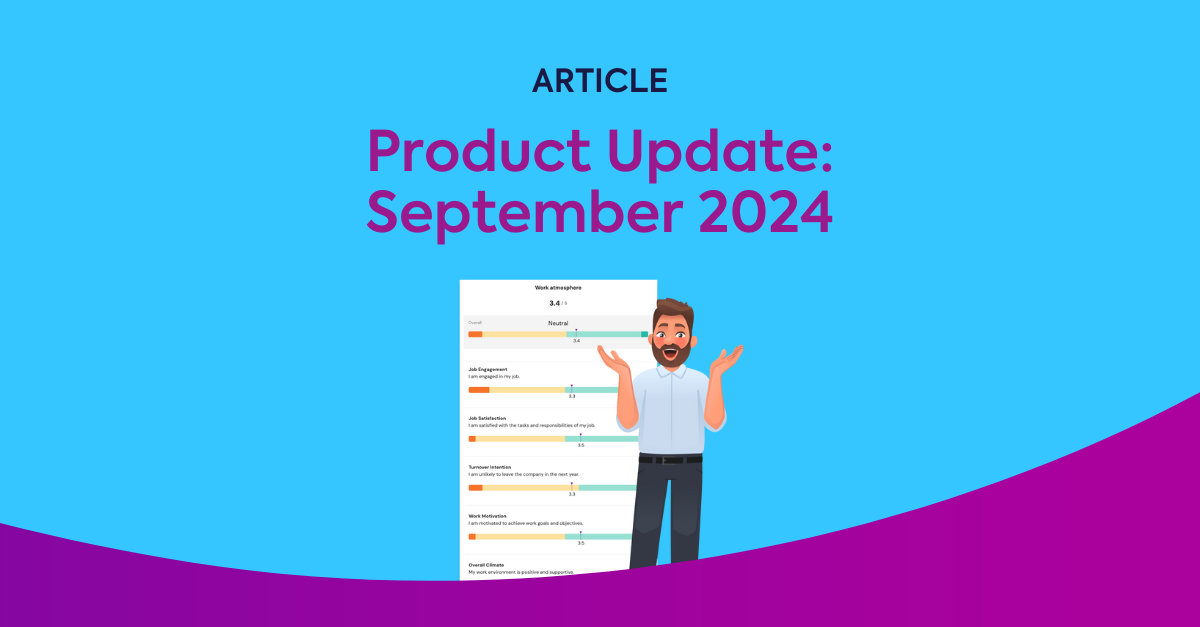
Follow our monthly product updates as we share the latest features to help you strategically design and develop teams and the work environment.
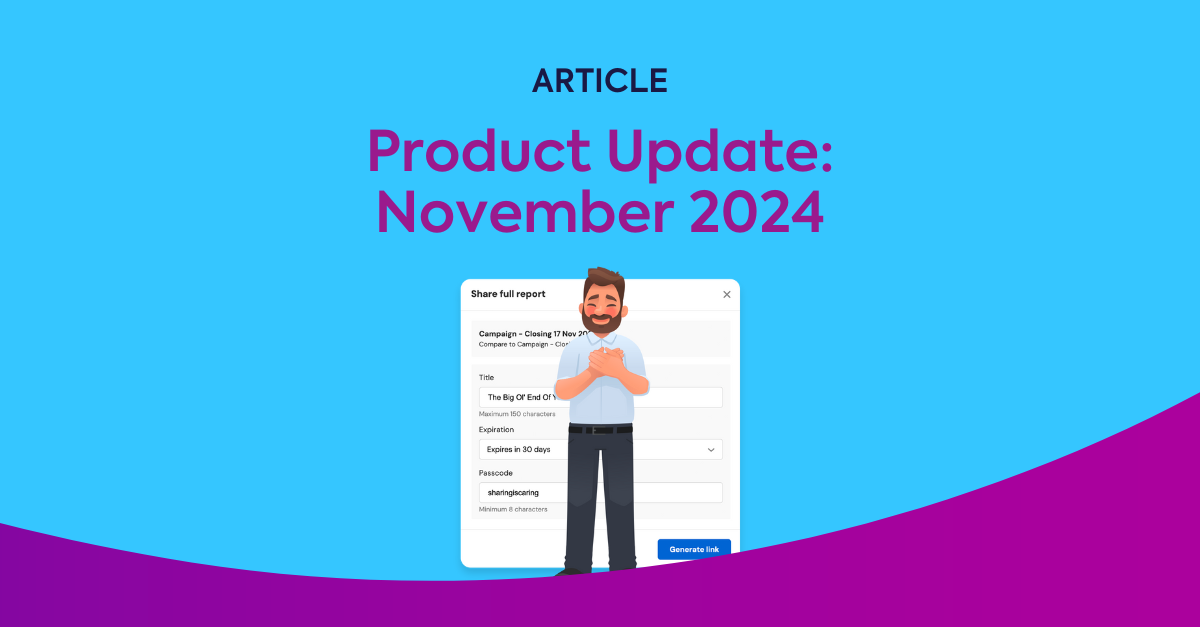
Follow our monthly product updates as we share the latest features to help you strategically design and develop teams and the work environment.
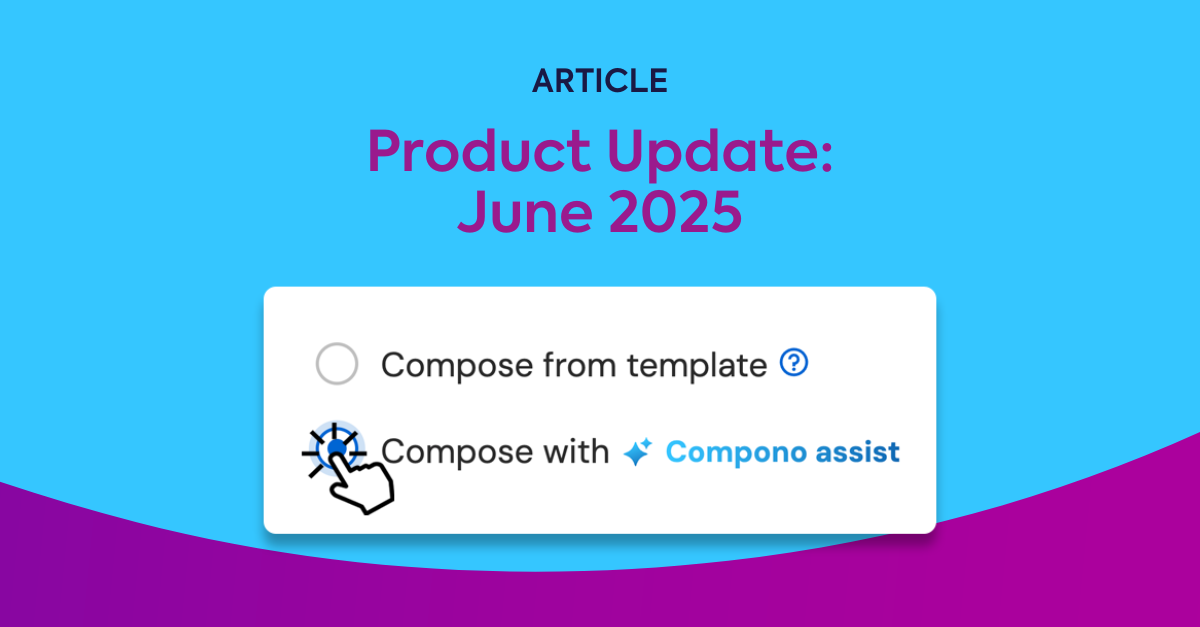
Follow our monthly product updates as we share the latest features to help you strategically design and develop teams and the work environment. ...
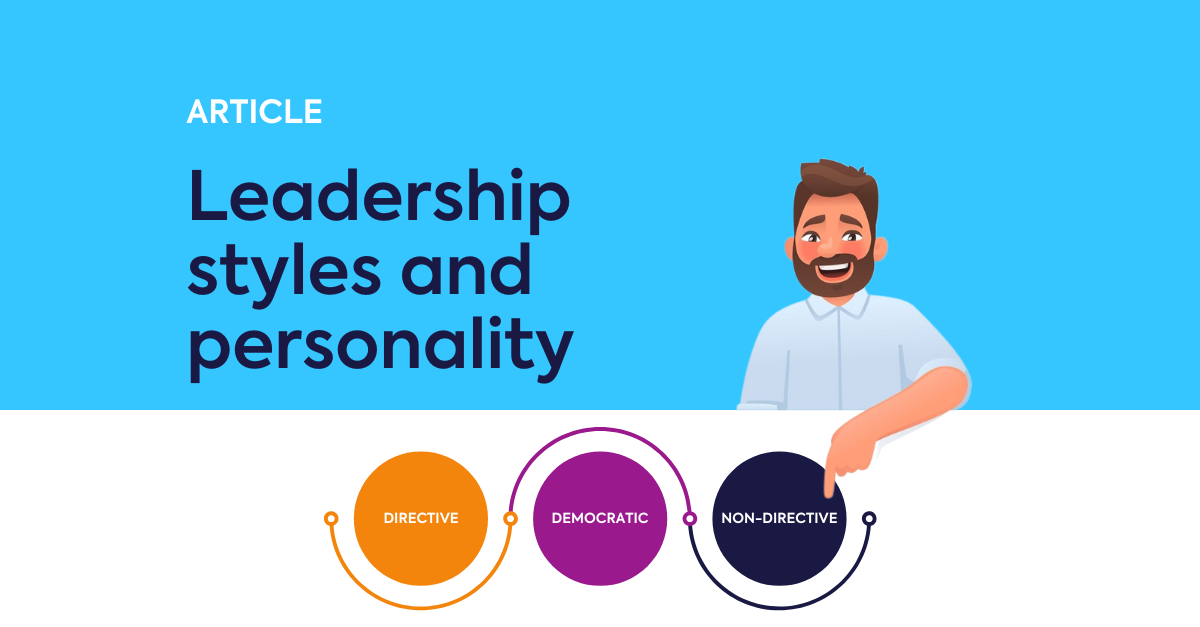
The impact of a leader is undeniable, yet we rarely pause to consider why we exhibit certain leadership styles and are naturally drawn to specific...